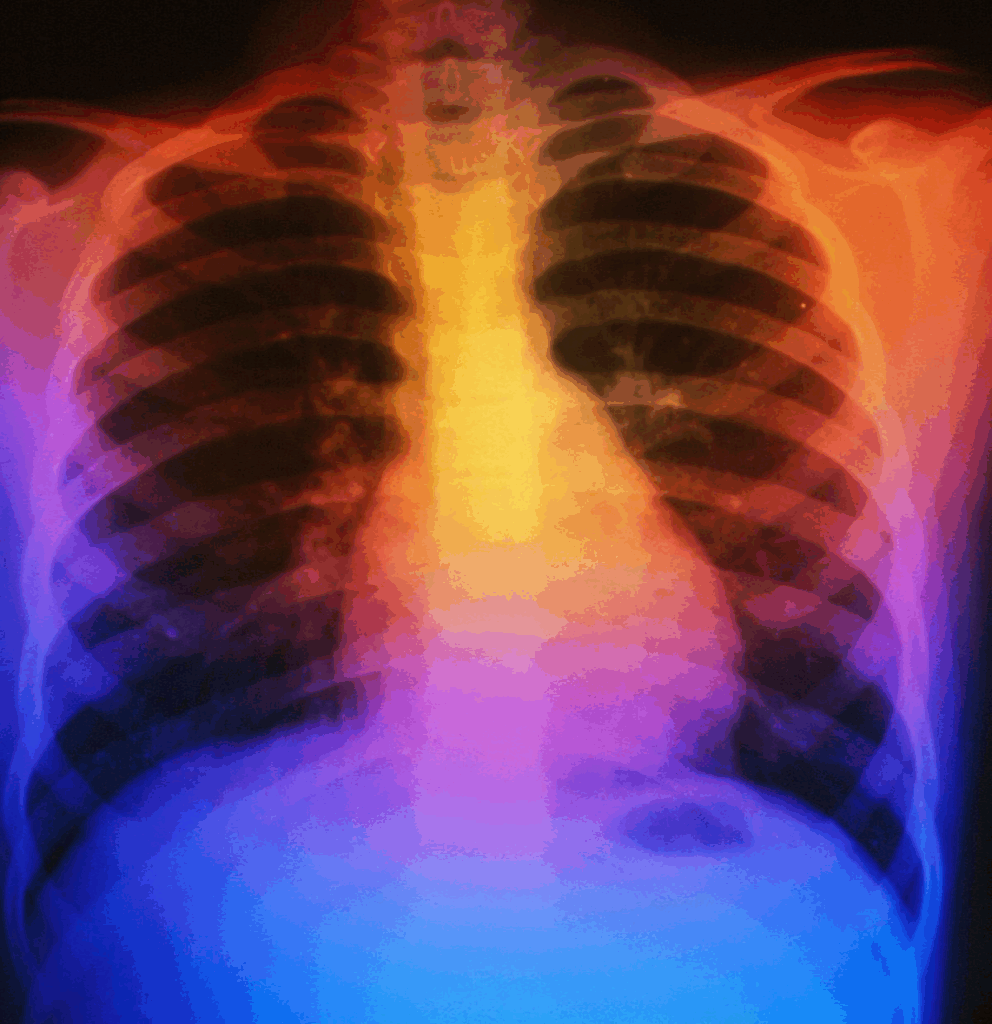Over the last few weeks, many of your close friends, favorite influencers, and beloved YouTubers are probably ramping up their diet and exercise habits all throughout your feed. Wherever we look, there are new fitness programs to try and diets to dive into. Although it may seem like working hard exercising and eating less every day can only do good, for many women this can actually pose a dangerous health hazard.
Functional hypothalamic amenorrhea (FHA) is a condition in which menstruation stops for several months due to problems involving the hypothalamus. Although the most common reason for amenorrhea is pregnancy, it is also common in athletes and women who exercise excessively at a caloric deficit. So what does all of this mean?
The hypothalamus is located in the center of the brain and controls reproduction and the production of hormones. These hormones, such as estrogen and progesterone, are what triggers the onset of menstruation. In hypothalamic amenorrhea, the hypothalamus is essentially ‘silenced’ from releasing hormones that allow for ovulation and a normal menstrual cycle to occur.
FHA’s most common causes are low energy intake, exercise, weight loss, stress or a combination of these factors. When we look at fitness models and influencers who seem to engage in extremely strenuous and rigorous exercise while eating almost nothing it breeds an unhealthy mindset of an idealistic but unrealistic lifestyle. It’s a pretty classic image. A thin and fit health model who seems to hit the gym hard each and every day with nothing but celery juice in her stomach.
According to the University of Southern California Fertility research, hypothalamic amenorrhea occurs when the body enters a “starvation state”. A woman can stop having monthly periods due to excessive exercise which poses a serious health problem. Oftentimes long-distance running and other types of heavy cardio oriented exercise can cause amenorrhea more than heavy bodyweight or resistance training. The combination of intense exercise and low caloric intake can cause the female body to respond by putting itself into a “starvation state.” This state essentially means that the body is trained to reallocate its systems and metabolic processes towards preserving calories for energy which often results in the body shutting down organ systems that aren’t essential for survival. The reproductive system is one of those unessential bodily functions because the body may view the low nutritional intake as a bad time to carry a pregnancy.
When women who are on birth control and have engaged in long-term excessive rigorous activity eventually get off the pill, some are extremely surprised to have realized they’ve lost their period. The regulatory hormones contained in those birth control pills supply the body with the hormones that it stopped producing due to hypothalamic amenorrhea and act as a mask for a natural menstrual cycle. In addition, when we exercise the body releases what is known as endorphins or “stress hormones” that are similar to the adrenaline and pain-numbing feeling of morphine. Too many of these stress hormones can interfere with the brain’s regular production of reproductive hormones necessary to keep the menstrual cycle flowing.
FHA doesn’t only affect a woman’s menstrual cycle. The long-term health consequences of exercise-induced amenorrhea actually cause an estrogen deficiency in women with hypothalamic amenorrhea. Estrogen is one of the most important hormones for a female, but with too little of it, the health risks include infertility, atrophy of the vagina and breast and osteoporosis. Women with FHA may experience weaker bones that can lead to easier fracturing of the spine, hip, and other areas. Other symptoms of hypothalamic amenorrhea include low energy, difficulty sleeping, feeling cold often and depression and anxiety.
Stephanie Buttermore has been a fitness influencer on YouTube and Instagram for years. She’s most known for her scientific approaches to exercise and health and also her insane cheat day videos where she eats upwards of 10,000 calories in a day. Stephanie was a fitness model who worked on bodybuilding for years before she turned to release her own fitness programs and becoming a YouTuber. However, in 2019 she came forth with a shocking announcement. Stephanie calls it her “All In” journey. In a YouTube video titled, “I’m Going All In,” she announced that she had been diagnosed with hypothalamic amenorrhea. She recognized that she was always cold, tired and extremely hungry, and she realized that she wanted to change her lifestyle to regain her period.
In order to do so, she was no longer going to follow her old eating habits but was instead advised by a nutritionist to eat a minimum of 2,500 calories a day with no daily caloric limit. Stephanie used to engage in many mini-cuts and intermittent fasting, but due to the serious health issues she was facing because of FHA, she was going to instead eat each meal to satiation. She has now become one of the only faces on the internet championing healthy eating and fitness on YouTube with her “all in” mindset. For the past year, Stephanie has documented her entire journey from her weight gain to mindset change in a powerful and moving way. She has truly pioneered the way in which fitness is defined as not simply being thin with a six-pack but rather feeling healthy and good about yourself each and every day.
There are various ways to treat functional hypothalamic amenorrhea. The main objective of treatment is to restore estrogen levels and increase caloric intake so that the body can exit the “starvation state.” Often times, women will gain weight until they can optimize their body weight by improving their nutritional intake. The primary goal is to ensure that health and fitness take many different forms. The natural beauty standards set forth by stereotypes and social media in our society doesn’t fully portray the wide range of beautiful and healthy bodies that we all see day today.
There isn’t one way to achieve your health and fitness. Regular amounts of exercise and healthy eating are certainly important, but any extremity can lead to more harm than good. The best meals are those with a substantial combination of carbs, fruits and veggies, protein—and yes, healthy fats. Listen to your body. When you’re hungry, honor that. Love your body and fuel it with the nutrition and foods it deserves.





